TL;DR
- MVP in Agile (also referred to as minimum viable product agile) is the simplest functional version of your product that solves a core problem and collects real user feedback.
- Agile development MVP = Faster delivery, iterative improvement, and data-driven product development.
- Why it matters in 2026: Helps businesses reduce risks, validate ideas quickly, and adapt to changing user needs in competitive markets.
- Popular MVP types: Landing Page (Buffer), Demo Video (Dropbox), Single-Feature (Spotify), Crowdfunding (Oculus), and Concierge MVP (Airbnb).
- Trends to watch: AI/ML-powered MVPs, Low-code tools, AR/VR for prototyping, stronger cybersecurity, and remote-first development.
- How to build one: Identify the problem → Research competitors → Set goals → Choose the right tech stack → Build & test → Iterate.
Introduction
In today’s hyper-competitive digital landscape, businesses no longer have the luxury of spending years perfecting a product before releasing it. Markets evolve rapidly, customer expectations shift overnight, and resources especially for startups are often limited.
That’s where the minimum viable product in agile approach comes in. Far from being just a development shortcut, an MVP is a strategic tool that allows you to validate your idea, collect real-world feedback, and make data-driven decisions while keeping costs and risks under control.
When combined with Agile methodology, this MVP agile approach becomes even more powerful. By leveraging professional MVP development services, businesses can accelerate product launches, stay adaptable, and ensure they’re building solutions that truly meet user needs.
In this article, we’ll break down what an MVP in Agile really means, why it’s critical for businesses in 2026, the different types of MVPs you can create, and a step-by-step process to develop one successfully.
What Is Agile?
Agile isn’t just a buzzword, it’s a proven framework for software development and project management that emphasizes adaptability and customer collaboration. Instead of rigid, long-term plans, Agile teams work in short, iterative sprints (usually 1–4 weeks) that deliver incremental value to users.
Key principles of minimum viable product agile:
- Flexibility & adaptability: Agile embraces changes at any stage of development.
- Customer collaboration: Involving users and stakeholders throughout the process.
- Incremental progress: Breaking down projects into small, testable units.
- Cross-functional teams: Self-organizing teams with diverse skill sets.
- Continuous improvement: Using retrospectives and feedback loops to refine processes.
Agile works best in dynamic environments where requirements evolve—making it a perfect fit for minimally viable product agile development.
Read More: Why MVP Development Services Are Crucial for Startups
What Is MVP in Agile Development?
A minimum viable product in agile is the simplest, functional version of your product that solves a core problem for your target users.
The goal? Validate your idea quickly and cheaply while gathering valuable insights. Instead of building an all-encompassing solution, you focus on the minimum set of features that delivers value and opens the door for real-world feedback. This is truly the essence of agile development MVP.
Key characteristics of this mvp agile approach:
- Solves one primary user problem: No fluff, no unnecessary features.
- Quick to build & launch: Speed is essential for gathering feedback early.
- Provides measurable value: It’s functional enough for users to test and engage with.
Turn Your MVP in Agile Idea Into Reality
Book a free 30-minute strategy session with our experts and map out your Minimum Viable Product in Agile faster, smarter, and risk-free.

Read More: POC vs MVP: Key to Your Startup’s Success
Why Does Agile Use MVPs?
Agile and MVPs are a natural match. Together, they ensure faster delivery, lower risk, and continuous improvement.
Two main reasons Agile teams rely on MVPs:
- Rapid feedback loop: Humans respond better to actual products than abstract ideas. By releasing an MVP, you get real, actionable feedback faster.
- Validating workflows early: Getting a working product into production helps test your deployment, pipelines, and infrastructure early in the process.
This approach prevents wasted investment in features nobody needs and ensures development is driven by user behavior, not assumptions demonstrating the power of mvp agile in practice.
Why MVPs Are Critical for Businesses in 2026
Businesses can no longer afford to spend 18 months building a “perfect” product, only to discover that user needs have changed.
With a minimum viable product agile strategy:
- You start proving value early. Instead of waiting for a full launch, you begin solving problems and gathering feedback immediately.
- You de-risk development. Lower upfront investment means fewer losses if you need to pivot.
- You stay agile. By iterating based on feedback, you can adapt your product to evolving market demands.
- You make data-driven decisions. Feedback from MVP users guides your product roadmap, reducing guesswork.
To plan effectively, understanding how much MVP development costs in 2026 can help you allocate your resources smartly. Speed, adaptability, and user-centricity are what separate successful companies from the rest and MVPs make it possible.
Types of Agile MVPs
When building a Minimalist solution using Agile methodology MVP, you can take different approaches depending on your goals, timeline, and budget. Here are the most common mvp agile types:
- Landing Page MVP
- A landing page MVP is a single web page designed to showcase your product idea.
- It explains the concept, highlights key features, and often includes a sign-up or pre-order option.
- This approach helps you measure user interest, collect leads, and test different pricing or messaging strategies without building the full product.
- A landing page MVP is a single web page designed to showcase your product idea.
- Demo Video MVP
- A demo video MVP presents your product idea through a short, engaging video.
- It visually explains what your product does and how it solves a problem, making it easier for users or investors to understand the value proposition.
- This approach is cost-effective and ideal for quickly validating ideas before committing to development.
- A demo video MVP presents your product idea through a short, engaging video.
- Single-Feature MVP
- Instead of building a full-fledged product, you focus only on the most essential feature that delivers core value to users.
- This type of MVP helps validate whether the main feature solves the problem effectively before expanding into additional functionalities.
- It’s a lean and fast way to test your primary product concept.
- Instead of building a full-fledged product, you focus only on the most essential feature that delivers core value to users.
- Crowdfunding MVP
- With a crowdfunding MVP, you present your idea on platforms like Kickstarter or Indiegogo to raise funds and gauge demand.
- This approach provides both market validation and financial support, helping you develop the product with minimized risk.
- It’s also a great way to build an early community of supporters who can provide feedback.
- With a crowdfunding MVP, you present your idea on platforms like Kickstarter or Indiegogo to raise funds and gauge demand.
- Concierge MVP
- Instead of automating your service, you manually deliver it to a small group of customers.
- This allows you to interact directly with users, understand their needs, and refine your solution based on real behavior.
- Once validated, you can then automate the process and scale the product.
- Instead of automating your service, you manually deliver it to a small group of customers.
Step-by-Step: How to Build an Agile Development MVP
Here’s how to create an Agile MVP in six steps:
1. Identify the Problem
Define the pain point your product addresses to ensure your minimally viable product agile approach has a clear purpose. Ask yourself: “What do users struggle with, and how can my product make their lives easier?” This ensures your MVP has a strong purpose.
2. Research Your Competitors
Look at similar products in the market. What are they doing well? Where are they falling short? Use tools like Google Trends or SEMrush to study demand and spot opportunities. This step helps you create an MVP that stands out, especially when combined with key prerequisites for building an MVP.
3. Set Clear Goals
Define what success looks like. For example, “Get 1,000 user sign-ups in 3 months” or “Increase engagement by 15%.” These goals guide your development process and help measure your MVP’s performance.
4. Pick the Right Tech Stack
Your choice of technology affects speed, security, and scalability. Choose tools that let you build fast and grow later. If you’re unsure, working with experienced MVP development companies can help you select the best technologies for your project.
5. Build, Test, and Measure
Create a basic version of your product that solves the main problem. Don’t add unnecessary features — focus only on what matters most. Launch it to early users, collect feedback, and measure how well it performs against your goals.
6. Improve and Iterate
Agile is all about continuous improvement. Use feedback to refine your MVP, adding real value rather than assumptions. That’s the hallmark of agile development mvp. This ongoing process ensures your product stays relevant and valuable.
Wondering How Much Your Agile MVP Will Cost?
Use our interactive cost calculator to estimate your Agile Development MVP budget in minutes with no hidden surprises.

Read More: Top MVP Development Companies for Startups
Trends in Agile MVP Development for 2026
Agile MVP development in 2026 focuses on speed, intelligence, and trust. Key trends include:
- AI & ML-Powered MVPs: Smarter insights, predictive analytics, and automated testing from the start.
- Low-Code/No-Code Platforms: Faster MVP launches using tools like Bubble, Webflow, and Supabase.
- AR & VR Prototyping: Immersive validation of ideas before full development.
- Security-First Approach: Strong data protection and compliance built into MVPs.
- Remote Agile Teams: Global talent enabling faster, cost-efficient SaaS MVPs development.
Real-World Agile MVP Examples
Some of the world’s most successful companies didn’t start with fully polished products. Instead, they used Minimum Viable Products (MVPs) to test their ideas, validate demand, and scale smartly. Here’s how they did it:
1. Dropbox – Demo Video MVP
Before writing a single line of complex code, a simple video illustrated its concept and garnered tens of thousands of sign-ups overnight a textbook agile development MVP in action. This early validation proved market demand before investing heavily in development, a perfect example of Agile MVP development done right.
2. Airbnb – Concierge MVP
When the founders of Airbnb wanted to test their idea of peer-to-peer home rentals, they didn’t build a full platform. Instead, they rented out their own apartment, offering air mattresses, Wi-Fi, and breakfast. This Concierge MVP allowed them to validate the home-sharing concept quickly and inexpensively, setting the stage for today’s $100B+ hospitality giant.
3. Spotify – Single-Feature MVP
Spotify started as a desktop app with one core feature streaming music quickly and seamlessly. Instead of building a massive platform upfront, they focused on solving one key pain point: music accessibility. Once validated, they expanded features iteratively, turning Spotify into one of the leading music platforms worldwide.
4. Buffer – Landing Page MVP
Buffer tested its social media scheduling idea with a simple landing page showcasing its concept and pricing options. When visitors clicked to sign up, they were told the product wasn’t ready yet and were asked to leave their email. This clever move helped Buffer measure demand and collect leads before writing any code — a cost-effective approach for startups using MVP development services.
Conclusion:
Success depends on how quickly you can launch, validate, and adapt. By embracing MVP agile (or minimum viable product in agile) development, businesses test ideas, collect feedback, and refine products while keeping costs low and users at the center.
Partnering with an experienced MVP development company ensures you build the right features, use the right tech stack, and get to market faster. Whether you’re a startup validating an idea or a business innovating at scale, minimum viable product agile strategies help reduce risk and deliver products users truly want.
FAQS
1. What does MVP mean in Agile development?
In Agile, an MVP (Minimum Viable Product) is the simplest functional version of a product that solves a core user problem. It’s built quickly to validate ideas, gather feedback, and guide iterative improvements.
2. Why is combining Agile and MVP important in 2026?
Agile + MVP enables faster product launches, reduces risks, and ensures user-driven development. In 2026, this approach is vital for staying competitive, adapting to changing markets, and avoiding costly mistakes.
3. How long does it take to build an MVP using Agile?
Most Agile MVPs take 8–12 weeks to develop. Timelines vary depending on features, complexity, and whether you’re using low-code/no-code platforms or working with an experienced MVP development company.
4. How much does MVP development cost in 2026?
MVP development costs typically range between $15,000 and $150,000, depending on complexity, tech stack, and team location. Working with experts can help balance speed, cost, and quality.
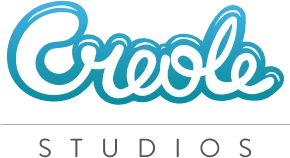

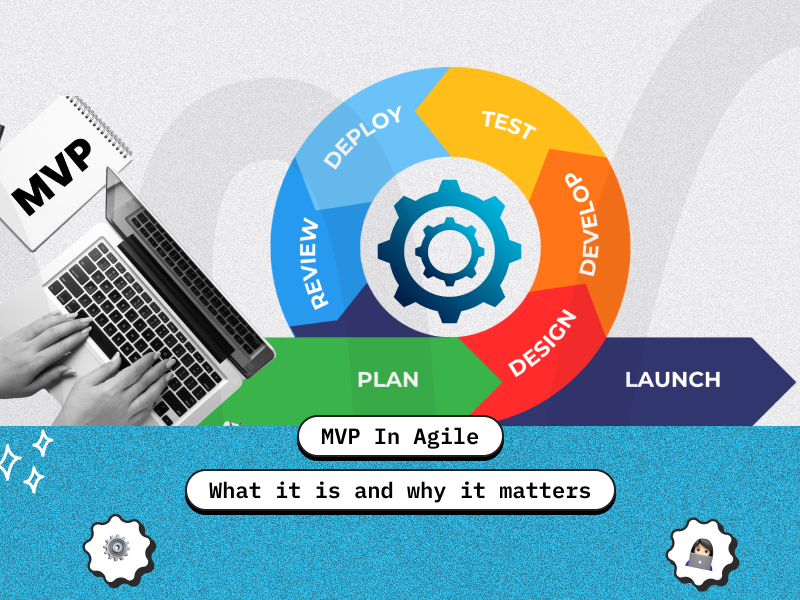



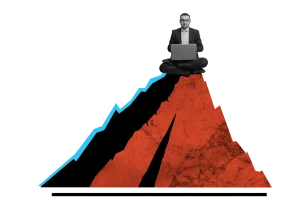




 30 mins free Consulting
30 mins free Consulting 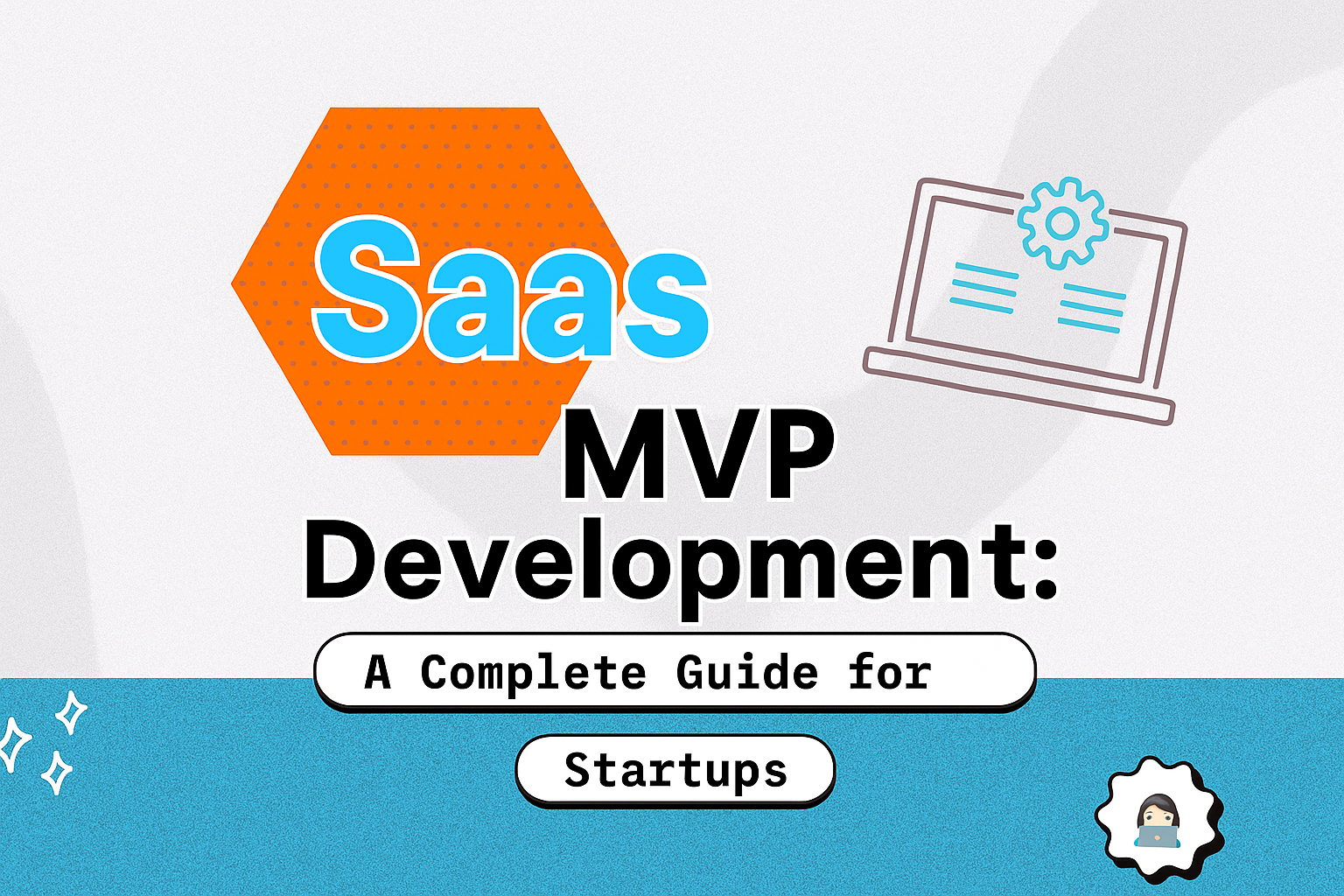
 10 min read
10 min read 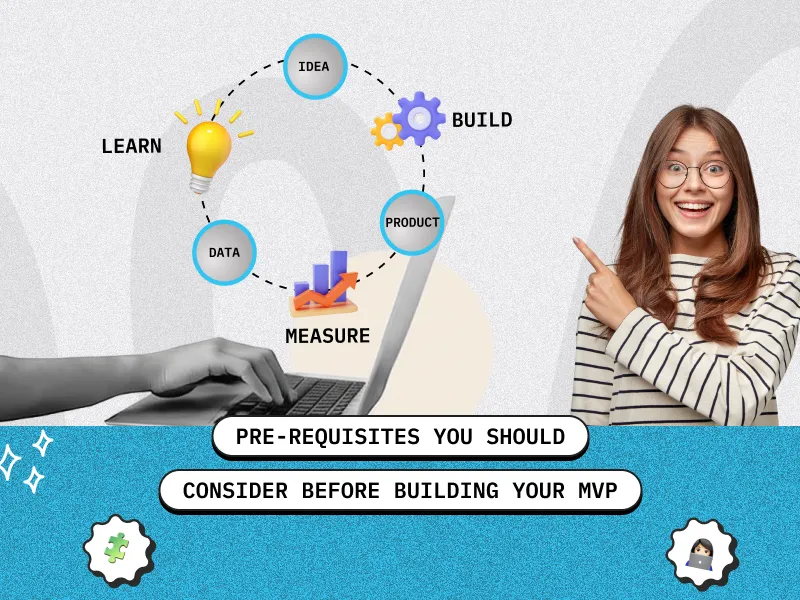
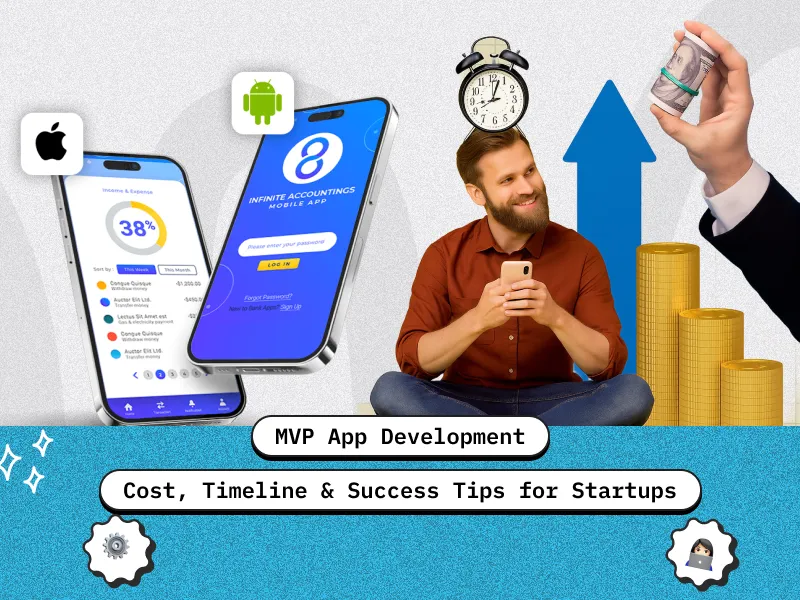
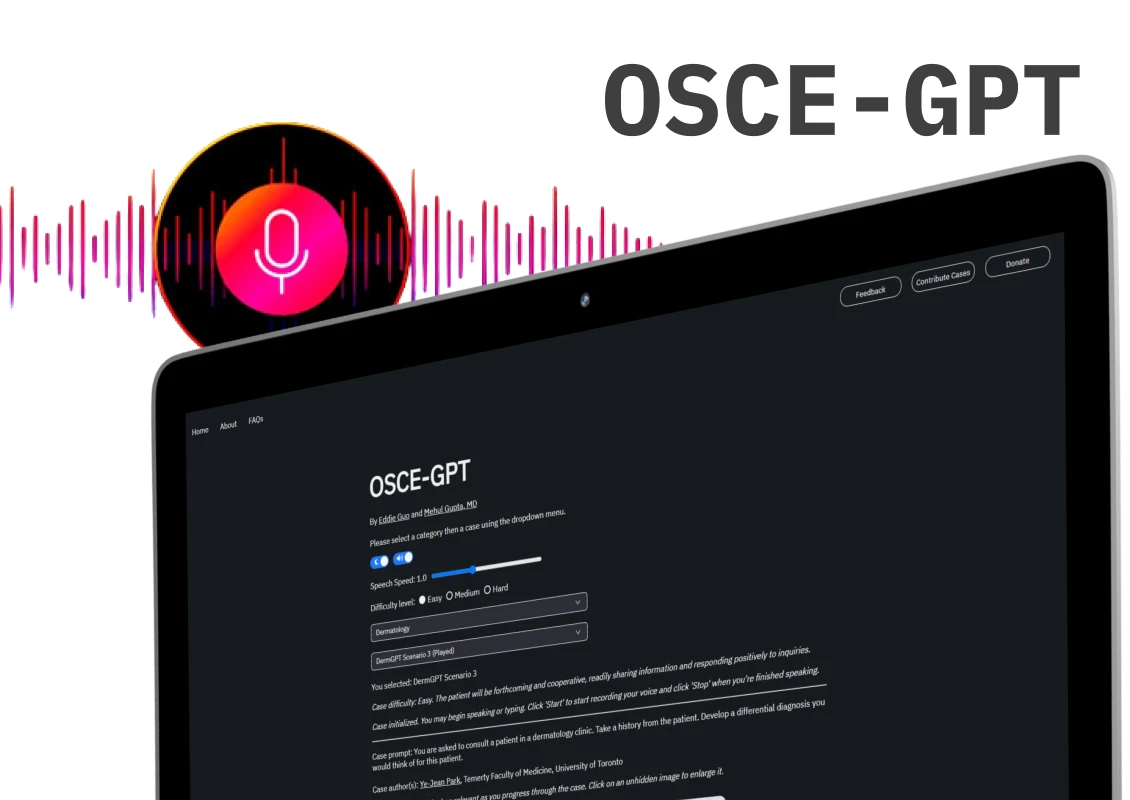
 Canada
Canada 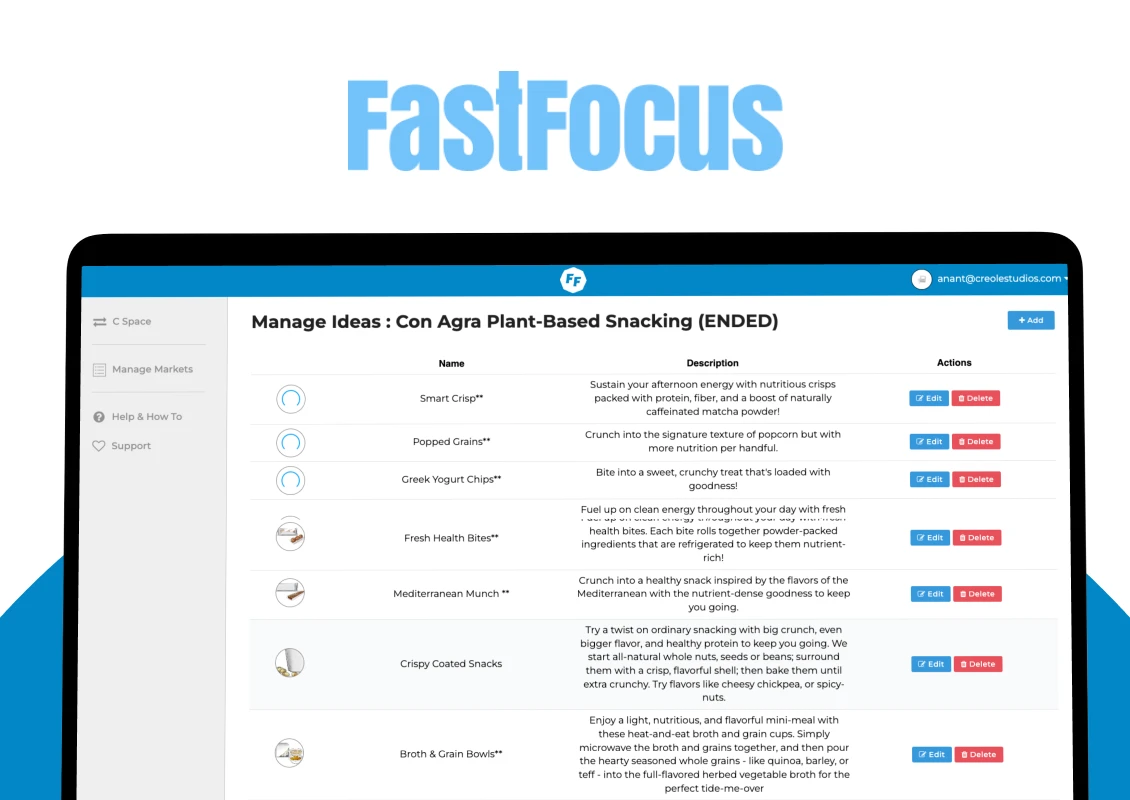
 USA
USA 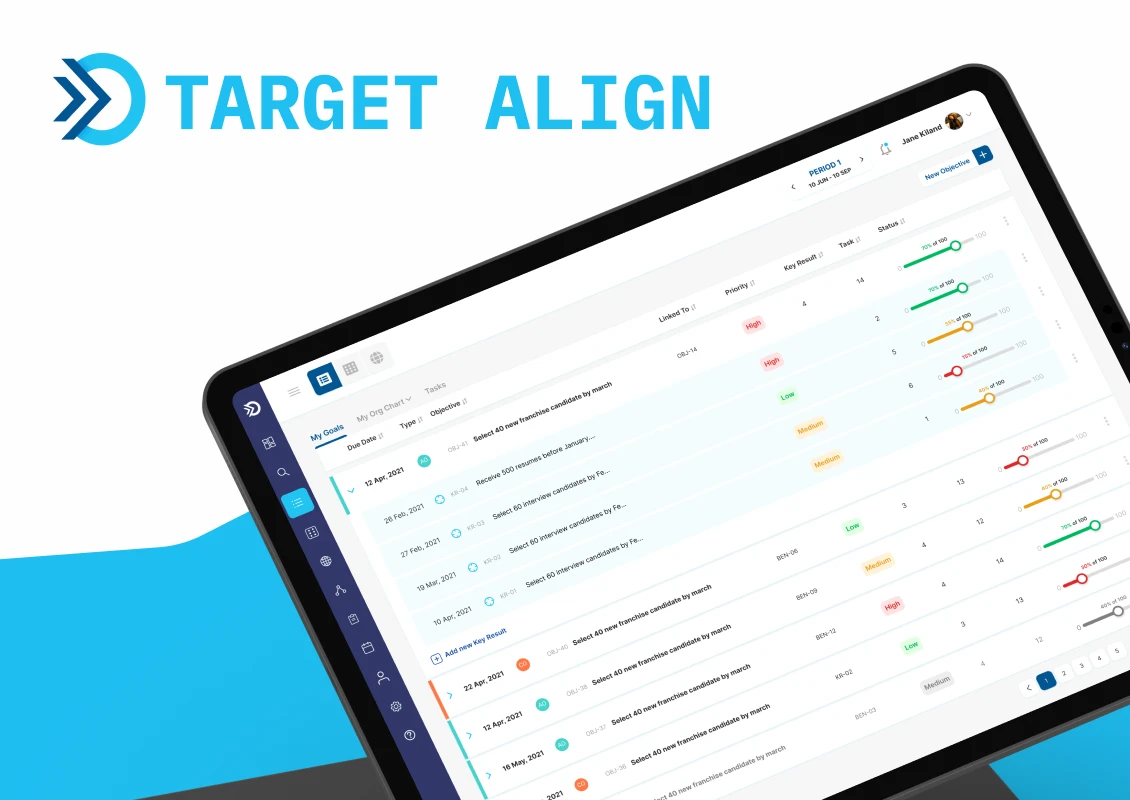






 Love we get from the world
Love we get from the world 